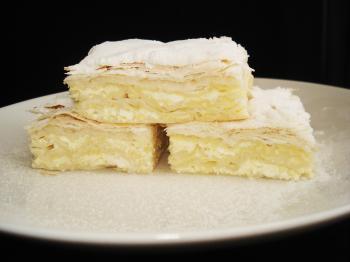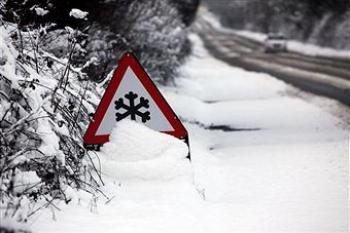If you haven’t had the opportunity to explore Romania’s scenery yet, keep in mind that unforgettable places await you on your European journey.
A Unique Setting
Romania, a Latin country surrounded by Slavic-speaking countries, is located in Eastern Europe on the Balkan Peninsula. Its neighbors include Ukraine to the north, the Black Sea to the southeast, Bulgaria to the south, Serbia and Montenegro in the southwest, and Hungary in the west. Its eastern neighbor, the Republic of Moldova, was once part of Romania until the Soviet Union annexed it following World War II. It became independent in 1991.The country’s geography is divided into four regions: Transylvania, Moldova, Wallachia, and Dobrogea.





